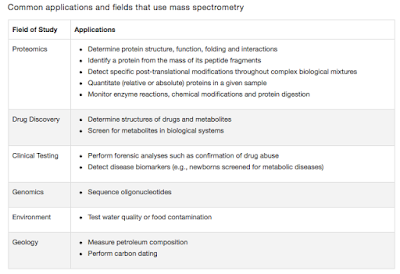WHO global PPL for antibiotic development
I have previously mentioned in my several earlier posts that there is a growing concern for antibiotic reistance and new antibiotics needs to be brought into clinical picture. The picture is complicated by several companies not investing sufficiently on R&D for antibiotic discovery and bringing them into clinic. Antibiotics are something that has to be used with care and caution. There are examples of bacteria that are quick to evolve and develop resistance and there are a set of organisms that are not so. Also, there are multiple infections that are not life threatening and can be managed more easily in comparison to certain others that reuqire very aggressive treatment.
From a marketing strategy point, R&D devoted to antibiotic discovery is based largely on companies own decisions which is based on multiple opinions. In other words there are no clear global guidelines on what needs to be really looked into. As Dr. Marie-Paule Kieny comments, "Antibiotic resistance is growing, and we are fast running out of treatment options. If we leave it to market forces alone, the new antibiotics we most urgently need are not going to be developed in time."
 |
| Photo 1: Objective of global priority pathogens list (global PPL). Source |
The WHO was requested by its members to develop a global priority pathogens list which will prioritize the R&D for new antibiotics. For development of the global PPL, WHO put up a team of eight experts in infectious diseases, clinical microbiology, R&D, public health and infection control. Then, a multi-criteria decision analysis (MCDA) technique was used which allows to look into multiple alternatives, expert opinion and evidence-based data clubbed everything into one. The committee also decided to avoid organisms like Mycobacterium, HIV, malaria since they were already a priority at a global scale.
Based on the analysis, the pathogens were grouped into three priority tiers: Critical, High and Medium. The list is as follows
Priority 1: Critical
- Acinetobacter baumannii, carbapenem-resistant
- Pseudomonas aeruginosa, carbapenem-resistant
- Enterobacteriaceae members (Klebsiella pneumonia, Escherichia coli, Enterobacter species, Serratia species, Proteus species, Providencia species, Morganella species) that are carbapenem-resistant, 3rd generation cephalosporin-resistant.
- Enterococcus faecium, Vancomycin-resistant
- Staphylococcus aureus, Methicillin-resistant, Vancomycin intermediate and resistant
- Helicobacter pylori, Clarithromycin-resistant
- Campylobacter species, Fluoroquinolone-resistant
- Salmonella species, Fluoroquinolone-resistant
- Neisseria gonorrhoeae, 3rd generation cephalosporin-resistant, fluoroquinolone-resistant
- Streptococcus pneumoniae, penicillin-non-susceptible
- Haemophilus influenzae, ampicillin-resistant
- Shigella species, fluoroquinolone-resistant
The panel has also noted that the above list is not the ultimate and there are a couple of limitations. For example, the decision of above overlooks that High-quality data is missing, especially for community-acquired infections and from low-income countries. The data is intended to be seen as a guideline for what is the pressing need. Mr Hermann Gröhe says, "We need effective antibiotics for our health systems. We have to take joint action today for a healthier tomorrow. Therefore, we will discuss and bring the attention of the G20 to the fight against antimicrobial resistance. WHO’s first global priority pathogen list is an important new tool to secure and guide research and development related to new antibiotics."
Reference:
GLOBAL PRIORITY LIST OF ANTIBIOTIC-RESISTANT BACTERIA TO GUIDE RESEARCH, DISCOVERY, AND DEVELOPMENT OF NEW ANTIBIOTICS. WHO publication. Link





Comments
Post a Comment